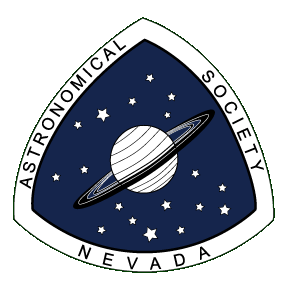"By looking far out into space we are also looking far back into time, back toward the horizon of the universe..." — Carl Sagan, Cosmos
How Do Astronomers Measure Time?
For many centuries, temporal measurement was considered the work of astronomers. In fact, there is actually a way of measuring time called astronomical time which is in contrast to another measuring standard called atomic time. Since the mid-20th century, atomic time replaced the astronomical time standard mostly because scientists were able to prove that since the earth's rotation is elliptical, the trip around the sun is somewhat relative due to a lack of absolute precision. Thus, time based upon the orbital relationship between the earth and the sun is not always accurate. Now, a mechanical device called an atomic clock is considered to be a more accurate way to measure time. The device measures oscillations of the caesium-133 atom, and by controlling both atmosphere and temperature, scientists have been able to standardize the definition of the temporal measurement we call the second.
Related Websites:
- Time And Date - This Website features various tools for calculating time and comparing times in different locations. There is a World Clock, time zone converters, maps, news, explanations on topics like Daylight Saving Time. There are calendar creators, weather info, and tools specifically for astronomers, including sun, moon, and night sky information.
- Sunrise Sunset - This site offers times for localized sunrise and sunset, twilight times, plus solar noon, and day length for every day of the year.
- time.gov - The "Official" time of the United States at ay given moment.
There are actually many differing time standards. Below are some links to Wikipedia that explore various time standards based upon planetary rotation.


